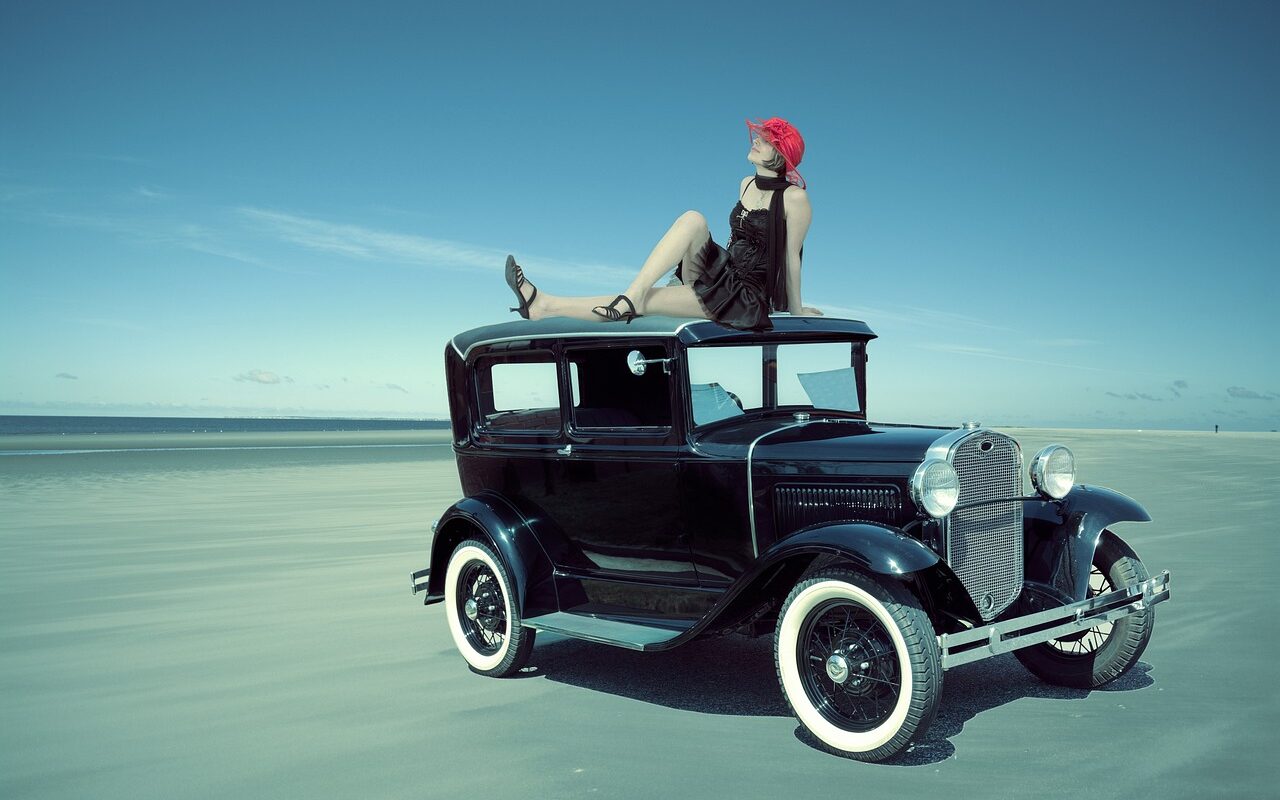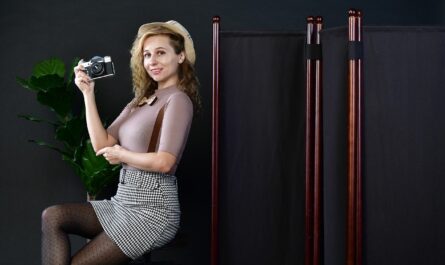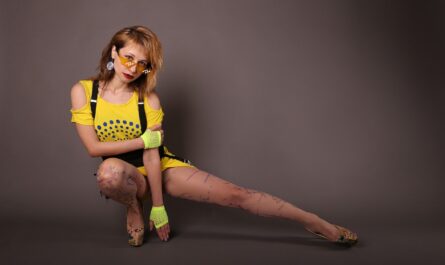The 1930s was a decade defined by economic depression and political turmoil, and its fashion trends were influenced by these factors. Women’s clothing became simpler and more practical, with durability and functionality being prioritized. Men’s suits also became more conservative and plain, reflecting the desire for practicality and understated elegance.
During the Great Depression, people had to make do with less, and fashion was no exception. Women’s dresses became shorter and more streamlined, with fewer frills and decorations. Skirts were often just below the knee, and women paired them with tailored blouses or simple sweaters. Suits were also in vogue, with jackets and pants replacing the traditional skirt and blouse combination.
Accessories were kept to a minimum, with practical handbags and sensible shoes taking the place of extravagant hats and high heels. Costume jewelry became popular, as it was more affordable than precious metals and gemstones.
The 1930s also saw the rise of sportswear, as people increasingly sought comfortable and practical clothing for leisure activities. Women began wearing pants for activities such as hiking and skiing, and sportswear designers such as Claire McCardell and Sonia Delaunay created stylish and functional pieces that were suitable for outdoor activities.
Men’s fashion in the 1930s was also influenced by practicality and conservatism. Suits became simpler, with fewer pockets and pleats. Ties were narrower and darker in color, and hats were more subdued. The classic double-breasted suit became popular, and men often wore contrasting waistcoats for added interest.
In terms of casual wear, men’s sportswear also became more prevalent. Knitwear such as sweaters and cardigans were popular, as were leather jackets and denim jeans. The iconic white T-shirt also became a staple item for men’s casual wear during this period.
Despite the economic hardships and political tensions of the 1930s, fashion continued to evolve and adapt to the changing times. Practicality, durability, and understated elegance were the key themes of this decade, and these values continue to influence fashion to this day.



